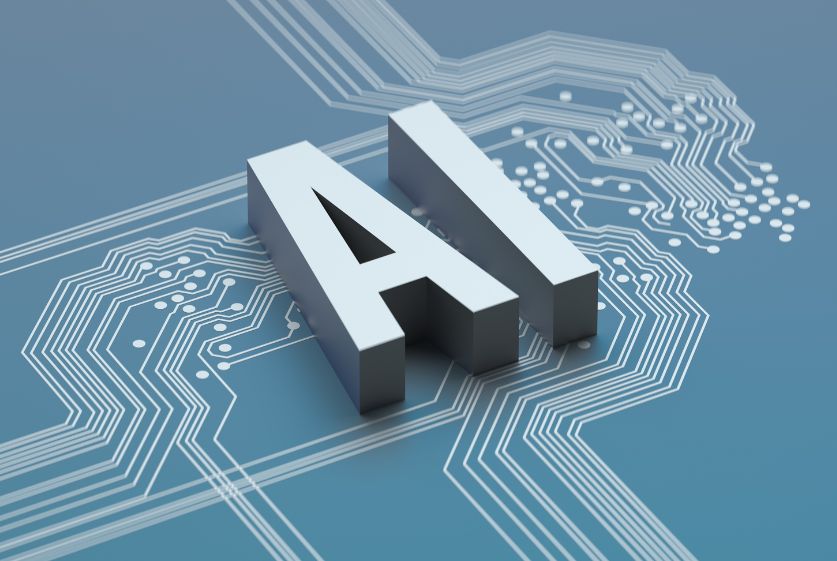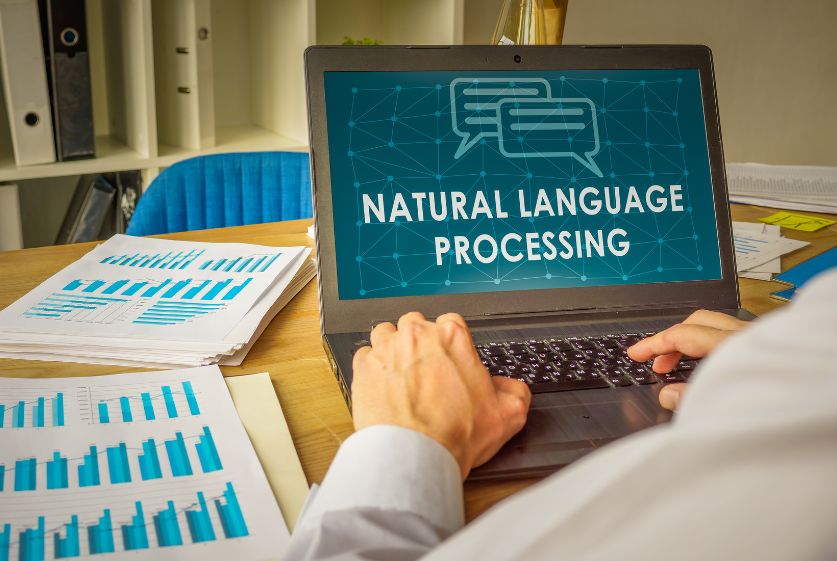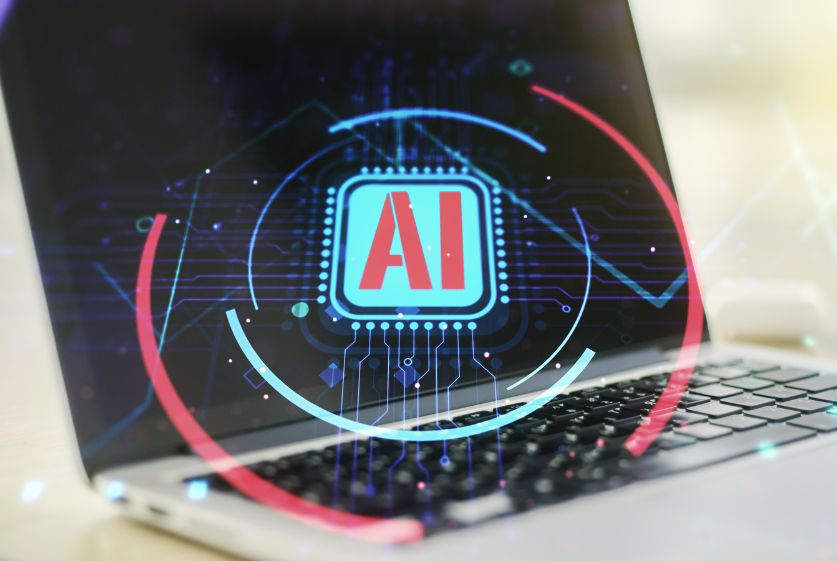Table of Contents
Artificial Intelligence (AI) refers to computer systems that are designed to perform tasks that would otherwise require human intelligence. The field of AI research began in the 1950s, with pioneers such as John McCarthy, Marvin Minsky, and Claude Shannon seeking to create thinking machines.
The overarching goals of AI include reasoning, knowledge representation, planning, machine learning, perception, motion/manipulation, natural language processing, creativity, general intelligence, and more.
Modern AI systems have become extremely capable at specialized tasks like playing games, language translation, self-driving vehicles, and predicting customer behavior. Learn more to know about How to Abbreviate Artificial Intelligence.
Why Abbreviate Artificial Intelligence?
Using abbreviations for long phrases or technical terminology is very common and has some key benefits:
- Saves time when writing or speaking about specialized fields like AI
- Streamlines communication by establishing shorthand versions
- Creates a shared vocabulary within the AI research community
Establishing agreed-upon abbreviations allows those working and communicating in AI to increase clarity and understanding.
Common: How to Abbreviate Artificial Intelligence
There are a few predominant abbreviations that appear frequently when discussing AI:
AI – Artificial Intelligence
The broadest abbreviation refers to the overall field of study. “AI” can be used as shorthand when referring to artificial intelligence generally, or when specifics are not needed.

ML – Machine Learning
Machine Learning (ML) is a major subfield of AI focused on algorithms that can learn from data to make predictions or decisions without being directly programmed to do so. Common machine-learning approaches include:
- Supervised learning – Systems train on labeled example input-output pairs
- Unsupervised learning – Finding patterns in input data without labels
- Reinforcement learning – Agents take actions to maximize a cumulative reward
DL – Deep Learning
Deep Learning (DL) is a specialized subfield of machine learning focused on neural networks, which are computing systems inspired by animal brains:
- Neural networks – Large networks of simple units connected in layers
- Convolutional neural networks – Powerful for computer vision applications
NLP – Natural Language Processing
Natural Language Processing (NLP) refers to AI systems capable of understanding, generating, and manipulating human language:

- Speech recognition – Transcribing spoken audio to text
- Machine translation – Automated translation between languages
- Sentiment analysis – Identifying emotional tone/attitude in text
When to Use the Abbreviations
When writing or speaking about AI, it’s important to consider stylistic formality along with audience knowledge. For a general or non-technical audience, introduce abbreviations alongside the full phrase first before using the shorthand. For example:
Artificial intelligence (AI) systems continue to amaze us with their capabilities. One specialized subfield of AI known as machine learning (ML)…
If the audience is technical or already familiar with the main AI subfields, abbreviations can be used more liberally without the required introduction since shared knowledge can be assumed. Overusing abbreviations or failing to ever articulate the full term however can make communication vague, confusing, or esoteric. Consider context and clarity.
How to Create New AI Abbreviations
With cutting-edge innovations continually expanding AI capabilities into new domains, the introduction of additional shorthand abbreviations is expected and encouraged. Best practices for establishing new abbreviations include:

- Shorten phrases by taking first letters – Example: LO (Logical Operations)
- Combine words or syllables – Example: ComVis (Computer Vision)
- Use acronyms carefully – Ensure they spell a pronounceable word, for example, FADM (Facial Analysis Detection Model)
Creating sensible abbreviations tailored to subfields makes discussing AI less cumbersome. Just be sure they are clearly defined before use.
Conclusion
Using abbreviations like AI, ML, DL, and NLP facilitates faster communication and shared understanding between those working and researching artificial intelligence. Abbreviations should be defined on first usage, with consideration to context and audience. Continuing to establish agreed-upon shorthand language will benefit the evolution of the AI field.
FAQs
What does AI stand for?
AI stands for Artificial Intelligence, referring broadly to computer systems aimed at automating tasks requiring human-level intelligence and perception.
What is the difference between AI and ML?
Machine Learning (ML) is a subfield of Artificial Intelligence (AI) focused specifically on algorithms capable of learning from data to make predictions and decisions without explicit programming.
Is AI an acronym?
No, AI is an abbreviation, not an acronym, as it does not form a pronounceable word. ML on the other hand is technically an acronym.
What is an example of an AI abbreviation?
Common examples include AI itself, plus abbreviations like ML, DL, and NLP referring to Machine Learning, Deep Learning, and Natural Language Processing. New abbreviations arise frequently as researchers specialize.
What does DL mean in AI?
DL stands for Deep Learning, which involves neural networks modeled loosely after the neuron structure of animal brains to recognize complex patterns for machine perception and decision-making.









